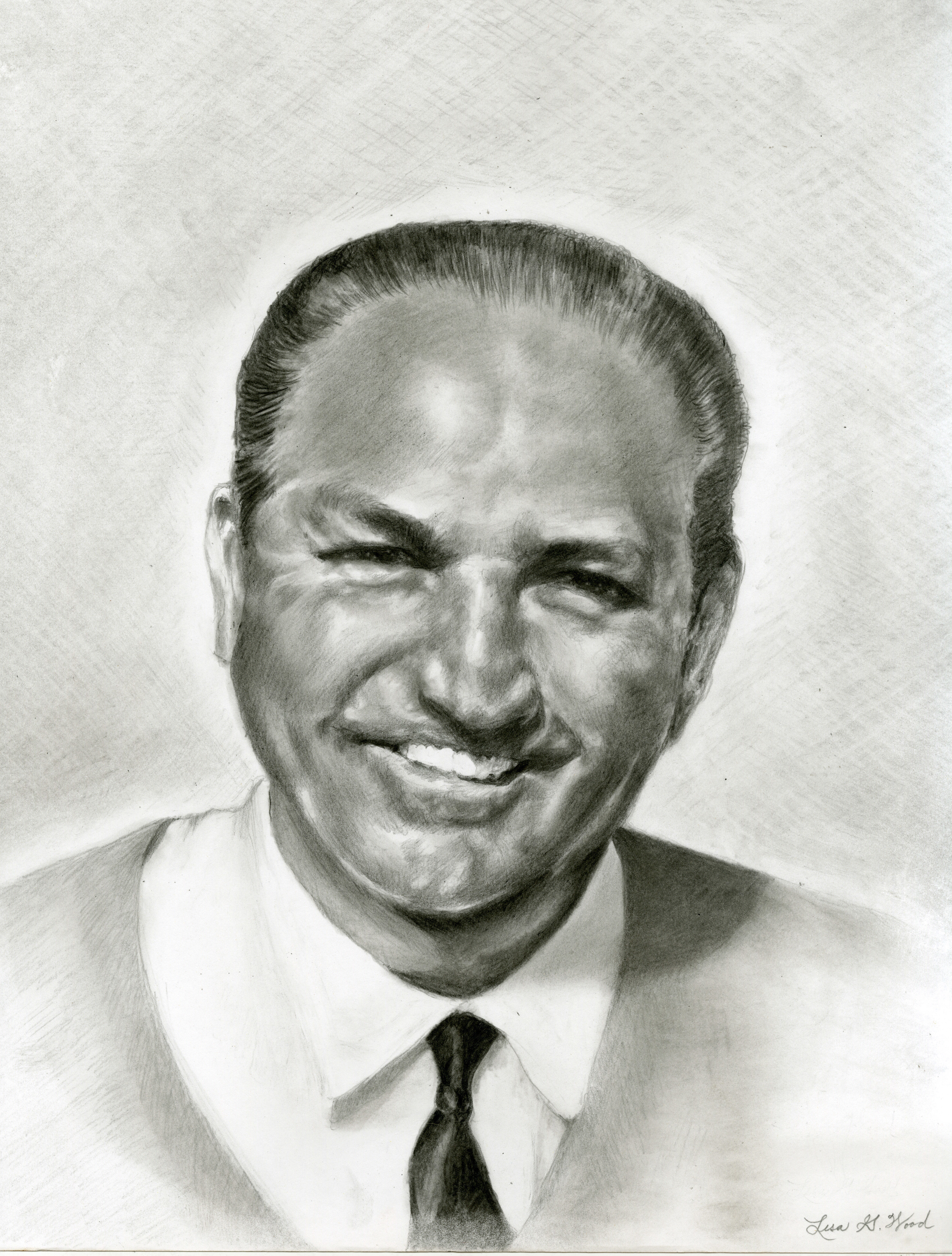A champion with a teacher’s soul, Claude Harmon Sr. was one of the greatest golfers to ever play — and yet, his story remains largely unknown. It begins in Savannah in 1916 and ends in Houston in 1989. Along the way, Harmon accumulated other numbers, (2 PGA Tour wins, 1 win at the 1948 Masters, 12 other tournament wins…), as well as setting records that remain unbroken to this day (only club pro to win the Masters, setting the course record [60] at Seminole, etc…).
But more than personal glory, it was Claude Harmon Sr.’s deep knowledge of the game, his sense of decency and fair play, and his ability to help others find those aspects in themselves that made him one of the most sought-after teachers in the world of golf — a distinction that he held for almost five decades.
Serving as the pro at Winged Foot Golf Club in New York in the summer, Harmon divided his time in the winter, between Seminole Golf Club in Juno Beach, Florida and Thunderbird Country Club in Palm Springs, California. Over the years, he taught hundreds of golfers ranging from weekend duffers to professionals such as Ben Hogan, to the biggest names in the world, including Bob Hope, Dwight D. Eisenhower, John F. Kennedy, Richard Nixon, and Gerald Ford. Harmon was also the favorite instructor of Hassan II, the King of Morocco.
In the article, “Where a Golf Nut Is King” by Dan Jenkins (Sports Illustrated, Sept. 28, 1970) Harmon is quoted giving advice during a game with King Hassan II. What he says provides a key, in part, to his phenomenal teaching success. “You can never let a pupil think you’re disappointed in him. You can never let him think he isn’t improving. The secret to teaching golf to someone is to show a deep interest in his game, no matter how bad it might be, and continually offer encouragement. If I just tell him one or two little things today, he’ll be happy. I’ll pick my spots.”
Choose your moments. Don’t register disappointment, but rather be encouraging.
Such simple words, and yet, in a high-pressure, competitive world, they are often difficult to apply. However, once these skills are mastered, we find ourselves winning — no matter the situation — proving that Harmon’s advice remains sound. We should all pay attention — even if the only game to which we apply them is life itself.
For each portrait, Lisa uses a graphite pencil to render the smallest of nuances, bringing light and life to her subjects. For her portrait of Claude Harmon Sr., she captured the kind wisdom in his eyes and his jovial smile. Commissioned pieces are available upon request.


Recent Comments